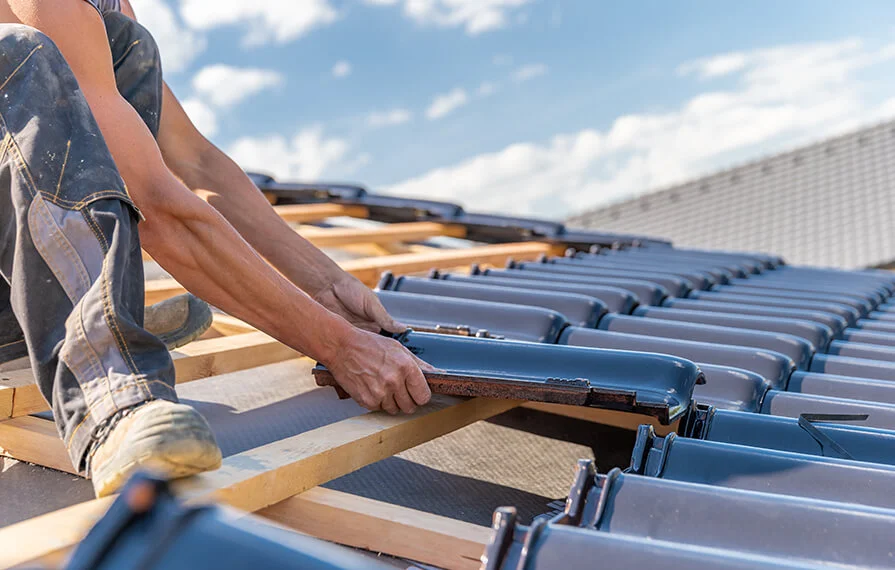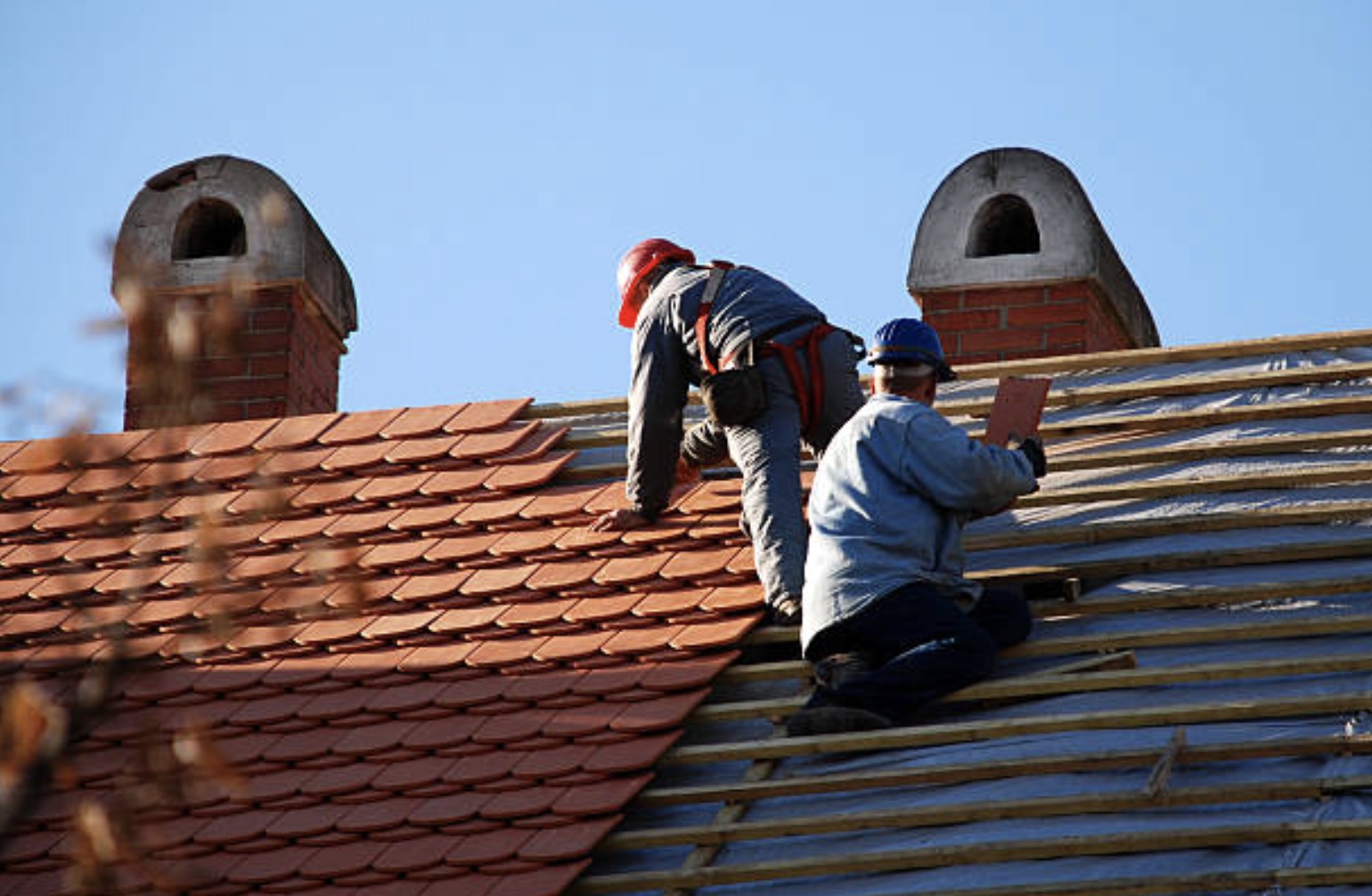Professional Tips for a Perfect Roof Flat Roofing System Setup Refine
The setup of a flat roof is an important endeavor that needs thorough preparation and implementation to ensure resilience and performance. Trick considerations include picking the proper materials, understanding the details kind of level roofing, and adhering to market requirements throughout the installment process. Focus to detail, specifically relating to surface area preparation and joint sealing, plays an essential duty in avoiding future concerns. Nevertheless, the subtleties of these steps can usually be neglected, bring about issues that might occur post-installation. Discovering these professional pointers will certainly provide beneficial understandings right into achieving a successful setup end result.
Recognizing Flat Roofing System Kind
When considering a level roof installment, it is essential to comprehend the numerous kinds offered, each offering distinct benefits and disadvantages. The most typical flat roofing system types consist of built-up roof coverings (BUR), changed asphalt roof coverings, and single-ply membranes.
Built-up roofing systems are composed of multiple layers of asphalt and really felt, supplying excellent waterproofing and toughness. These roofs are frequently liked for residential applications due to their ease of setup and fixing.
Single-ply membranes, such as EPDM, TPO, and PVC, are acquiring popularity for their lightweight nature and convenience of installment. EPDM, recognized for its durability, is specifically efficient in varying climates, while TPO and PVC provide exceptional energy efficiency and reflectivity.
Inevitably, the selection of level roof covering kind will certainly depend on variables such as the building's layout, neighborhood environment, and budget plan considerations. Understanding these options is important for ensuring an effective installation that satisfies certain requirements and needs.
Necessary Tools and Materials
To achieve a successful flat roofing system setup, having the right tools and products is extremely important. A fully equipped setup team makes certain efficiency and top quality throughout the procedure. Key tools consist of a tape procedure for precise measurements, an energy blade for reducing roof covering products, and a pneumatic nail gun for protecting membranes. Furthermore, a warmth welder is vital for thermoplastic roof, while roof covering rollers help in achieving appropriate attachment.
In terms of products, picking top quality roof covering membranes is vital. Adhesives and sealers ideal for the picked membrane layer type are also vital to ensure and prevent leaks toughness.
Security equipment, including harnesses and construction hats, should not be neglected to secure employees during setup. Having a dependable ladder or scaffolding is important for safe accessibility to the roof. Investing in these vital devices and products will bring about a more reliable, efficient, and inevitably successful flat roofing system installation.
Preparing the Roofing System Surface Area
Before setting any type of roof materials, it is important to prepare the roof covering surface area thoroughly to guarantee optimal attachment and long life of the setup. This prep work procedure entails click several crucial actions that have to not be forgotten.

In addition, check for moisture and make certain that the surface is completely dry. Any type of caught dampness can cause mold development and compromise the integrity of the roof system. Use a dampness meter to confirm dry skin. if necessary.

Step-by-Step Installment Process
With the roofing system surface correctly prepared, the focus moves to the step-by-step installation process that will certainly make certain a sturdy and efficient flat roof. Begin by setting out your products, including the membrane, sticky, and any essential tools such as rollers and energy blades. Measure and reduced the roof covering membrane layer to fit the roofing measurements, enabling overlaps at seams.
Following, use the adhesive my website according to the manufacturer's specs, guaranteeing also insurance coverage for ideal bonding. Carefully place the membrane layer onto the sticky, beginning with one end and working your way throughout. Use a roller to eliminate air bubbles and make sure maximum adhesion.
Once the membrane layer is firmly in position, concentrate on sealing edges and joints (Flat Roof Installation in Cuyahoga Falls). Utilize a suitable sealant or tape to enhance these locations, protecting against water seepage. Install blinking around infiltrations, such as chimneys or vents, to supply extra protection
Upkeep and Inspection Tips

Begin by performing aesthetic evaluations at the very least two times a year, ideally in springtime and fall, to recognize any indicators of damage such as cracks, sores, or ponding water. Pay special focus to seams and blinking, as these areas are prone to leakages.
Get rid of debris, such as branches and leaves, from the roof covering surface area and drain systems to stop water accumulation. Flat Roof Installation in Cuyahoga Falls. Guarantee that downspouts and gutters are clear to help with proper water circulation
In addition, check for any indicators of mold and mildew or algae growth, which can jeopardize the roofing system's integrity. If you see any type of issues, resolve them promptly to stay clear of extra considerable damages.
Consider engaging an expert roof covering professional for detailed examinations and upkeep solutions. They can provide insights on repair work, finish applications, and various other preventative measures to enhance your flat roofing system's longevity. Prioritizing maintenance will protect your financial investment and supply comfort.
Conclusion
To conclude, sticking to precise prep work and installation strategies is crucial for attaining a remarkable level roofing. Comprehending the various kinds of level roof materials and using premium products improves resilience and performance. Normal upkeep and examinations post-installation offer to expand the roofing's lifespan and prevent possible problems. Engaging professionals for installment and maintenance even more ensures that best techniques are complied with, eventually contributing to a reliable and lasting level roofing solution.
The setup of a flat roof is a critical endeavor that calls for careful planning and implementation to ensure resilience and performance. Key factors to consider include choosing the appropriate products, understanding the certain type of level roofing system, and sticking to market requirements throughout the installation process.To accomplish a successful level roof covering installation, having the right devices and products is critical. Spending in these essential devices and products will lead to a more effective, reliable, and ultimately successful level roof setup.
With the roofing system surface appropriately prepared, the emphasis changes to the step-by-step setup procedure that will certainly ensure a sturdy and effective level roof covering system.